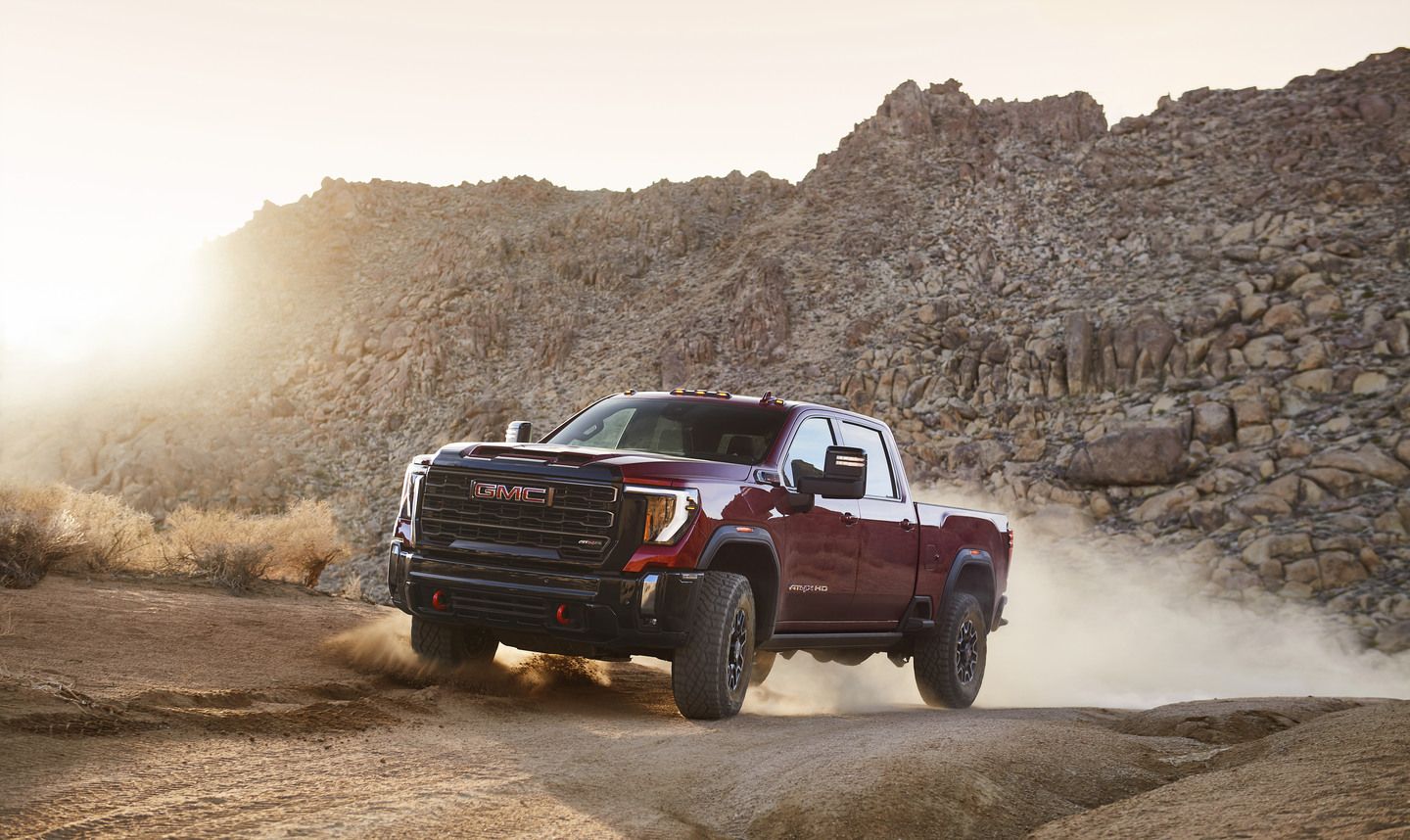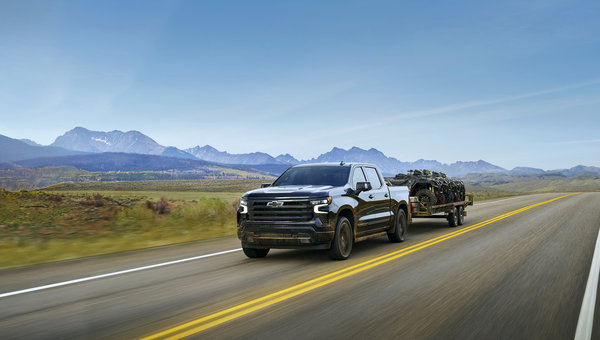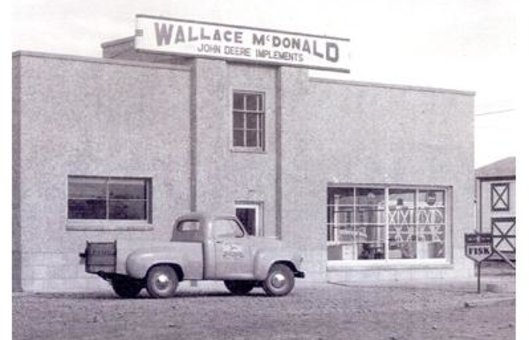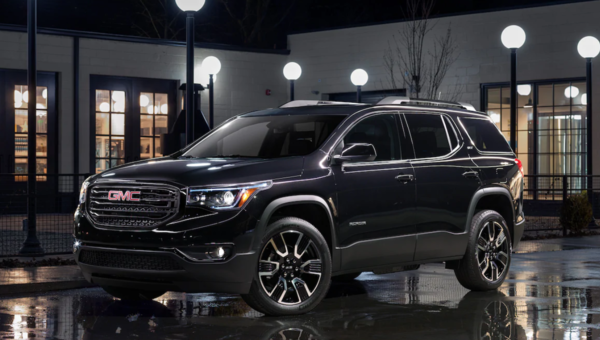The 3 Pillars of a Modern Alberta Farm Truck: Power, Payload, and Technology
October 31 2025,

Southern Alberta farming and ranching operations demand trucks that can handle the real work. From hauling equipment across fields to towing heavy trailers during harvest season, your truck needs to deliver day after day. But what separates a basic pickup from a true farm workhorse?
The answer lies in three key areas: raw power to handle demanding jobs, payload capacity to carry what you need, and technology that keeps you connected even in remote fields. Let's explore what matters most when choosing a farm truck in Alberta.
Power: The Duramax Diesel Advantage
Farm work doesn't run on empty promises. You need an engine that delivers consistent power under load, maintains fuel efficiency during long days, and provides the torque necessary for heavy towing.
The 6.6L Duramax Turbo Diesel V8 engine delivers 470 hp and 975 lb-ft of torque, paired with an Allison 10-speed automatic transmission. This powertrain is designed for sustained heavy-duty use, from pulling grain trailers to hauling equipment across rough terrain. The diesel engine's fuel efficiency matters during harvest when you're covering serious kilometres between fields, and the torque curve provides the pulling power needed for gooseneck and fifth-wheel applications.
For operations that regularly haul heavy loads, diesel power translates to lower operating costs over time. The engine's design focuses on durability and consistent performance across varying conditions, from cold winter mornings to hot summer days in the field.
Payload: Heavy-Duty Dually Capability
Knowing your truck's limits matters. Payload capacity determines what you can safely carry in the bed, while towing capacity defines what you can pull behind you. For farm operations, these numbers directly affect what equipment you can move and how efficiently you can work.
HD dually configurations offer maximum capability for operations that demand it. With payload ratings reaching up to 3,281 kg (7,234 lbs) and maximum gooseneck towing capacity of 16,329 kg (36,000 lbs), these trucks handle serious loads. The dual rear wheels provide stability when carrying heavy equipment or pulling loaded trailers, particularly important on gravel roads or uneven terrain.
Different cab and bed configurations affect both payload and towing capacity. Regular cab models with long beds maximize payload, while crew cab configurations balance passenger capacity with hauling capability. The specific numbers vary based on drivetrain, bed length, and equipment, so checking the door jamb label on any truck you're considering matters.
Key Specifications at a Glance

|
Capability |
Maximum Available |
|---|---|
|
Engine Power |
470 hp, 975 lb-ft torque |
|
Payload Capacity |
3,281 kg (7,234 lbs) |
|
Gooseneck Towing |
16,329 kg (36,000 lbs) |
|
Fifth-Wheel Towing |
14,515 kg (32,000 lbs) |
|
Conventional Towing |
9,072 kg (20,000 lbs) |
|
Camera Views |
Up to 14 available |
Technology: Cameras and Connectivity for Remote Fields
Modern farm work often means operating in areas where help isn't readily available. Technology that provides better visibility while hitching, helps prevent jackknifing during tight turns, and keeps you connected to your operation becomes more than convenience—it's practical equipment that saves time and prevents problems.
Advanced camera systems offer up to 14 different views around your truck and trailer. Transparent Trailer View allows you to virtually see through compatible trailers, helping you spot obstacles or vehicles behind you. Hitch View and bed cameras make coupling trailers easier, reducing the time spent getting in and out of the cab. When you're backing up to equipment in tight spaces, these camera angles provide the visibility you need.
The ProGrade Trailering System integrates into the infotainment screen and allows you to create trailer profiles for different pieces of equipment. Pre-departure checklists, trailer light testing, and maintenance reminders help ensure everything is properly connected before heading out. Trailer tire pressure and temperature monitoring alerts you to potential problems before they become roadside failures.
Mobile connectivity extends your truck's capabilities beyond the cab. The myGMC or myChevrolet mobile app allows you to create and manage trailer profiles, run trailer light tests, and receive alerts about trailer tire pressure from your phone. For RV trailers equipped with compatible systems, you can monitor and control trailer functions remotely—useful when you need to check on livestock trailers or temperature-controlled equipment.
OnStar connectivity provides access to vehicle diagnostics, roadside assistance, and emergency services—important when you're working in remote areas where cell coverage may be limited but satellite connectivity remains available.
Learn More at McDonald Chevrolet
Finding the right truck for your operation means understanding these three pillars and how they match your specific needs. Visit our team in Taber to discuss which configurations and capabilities make sense for your farm or ranch. We understand the demands of Alberta agriculture and can help you find the truck that works as hard as you do.





